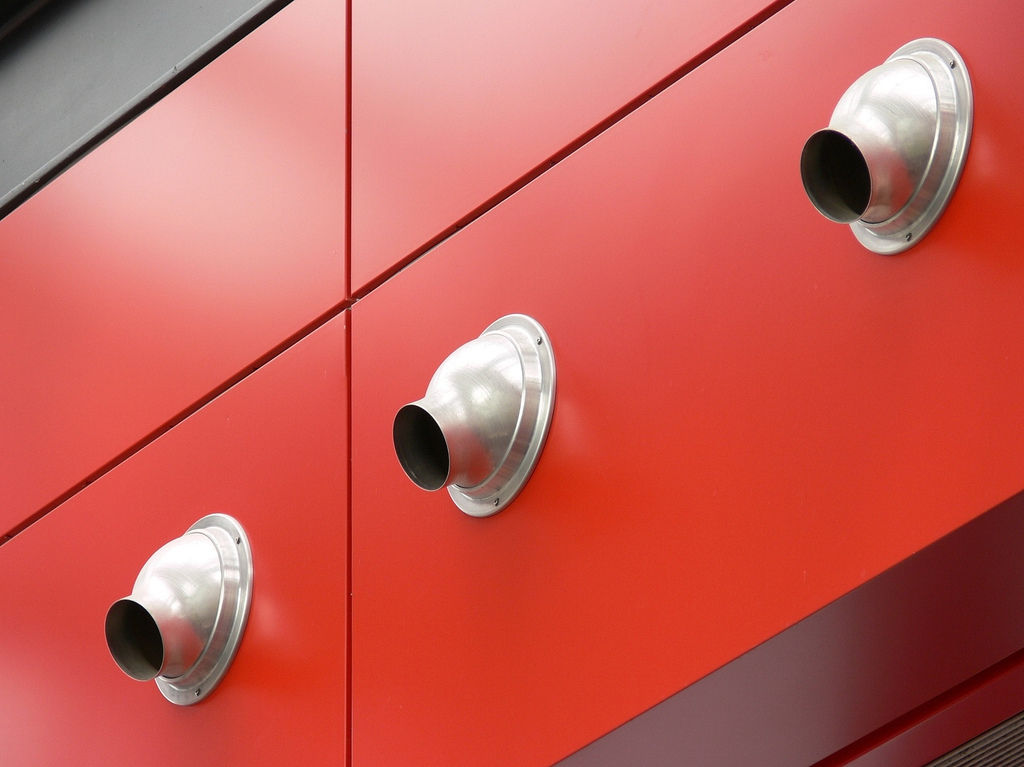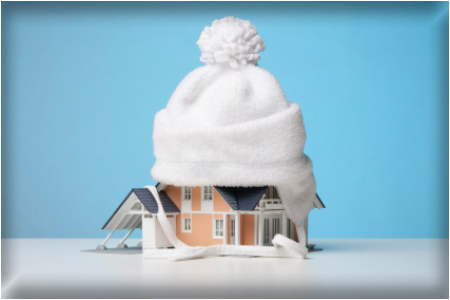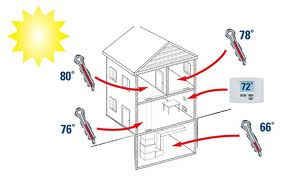Why Ventilation Matters To Connecticut Homeowners
 Air flow is something you don’t really think about until you’ve driven down a highway in a car with an air leak in one of the window seals. Nothing will get you to the mechanic faster than the whirring hum of a poorly sealed space.
Air flow is something you don’t really think about until you’ve driven down a highway in a car with an air leak in one of the window seals. Nothing will get you to the mechanic faster than the whirring hum of a poorly sealed space.
In this way, houses can be just like cars—a proper seal against the elements and the air outside is important for maintaining quiet and safe air ventilation. But we don’t think about houses so much—we just take the air in our house for granted.
We should, and for reasons more than just comfort. We haven’t even mentioned the cost of the air drag on a car with a leak in the window. Extrapolate that out into an entire house—if you are in an older home and frequently call it “drafty,” you may be spending much more than you need to on annual heating and cooling bills. Not to mention being exposed to the elements, whatever air drifts in from the highway near your house.
In this post/series, we discuss three essentials of protecting a home against the elements, both inside and outside. Today, our theme is ventilation tips for Connecticut homeowners.
Older homes: Naturally ventilated, for better or worse
In the old days, homes were not built with ventilation in mind. They didn’t need to be—the solid, natural materials provided it on their own, with air flow going between solid wood paneling and even passing through brick. Older building styles also provided more air flow, which is why many older homes feel drafty. This wasn’t a problem until energy began to be expensive; at that point, newer homes began to be sealed more tightly.
The effects of too little ventilation
While older homes can feel like wind tunnels from too much air passing through, some newer homes have their own issues. According to Popular Mechanics, new homes are so airtight that they may not provide enough air flow through the home. This can be dangerous if there are any air quality issues in the home due to pollutants, chemicals from cleaning supplies or any materials brought into the home, or even carbon monoxide.
Also, moisture can be an issue in an airtight home. The Department of Energy notes that just the materials in a home contain moisture. This moisture needs to escape somehow. This doesn’t even include the water generated from people in the home, as they generate moisture from cooking, showering and laundry. (The department also notes that a typical family adds about three gallons of water per day to their indoor air!)
How it’s supposed to work
The standard for residential ventilation is set by the American Society of Heating, Refrigerating and Air-Conditioning Engineers (ASHRAE). According to this, the minimum air changes per hour sits at .35 for a residential home. While an older home will likely go well above this on a windy day, increasing drafts as well as heating and cooling bills, it may not meet the level on a calm, still day. This means that a newer home may be in danger even on a windy day because it may be so airtight that not enough air is passing through. What fumes could you be inhaling over and over, in your own home, due to this?
In our next post link this, we will discuss solutions.
Thanks to John Davey for today’s photo.






